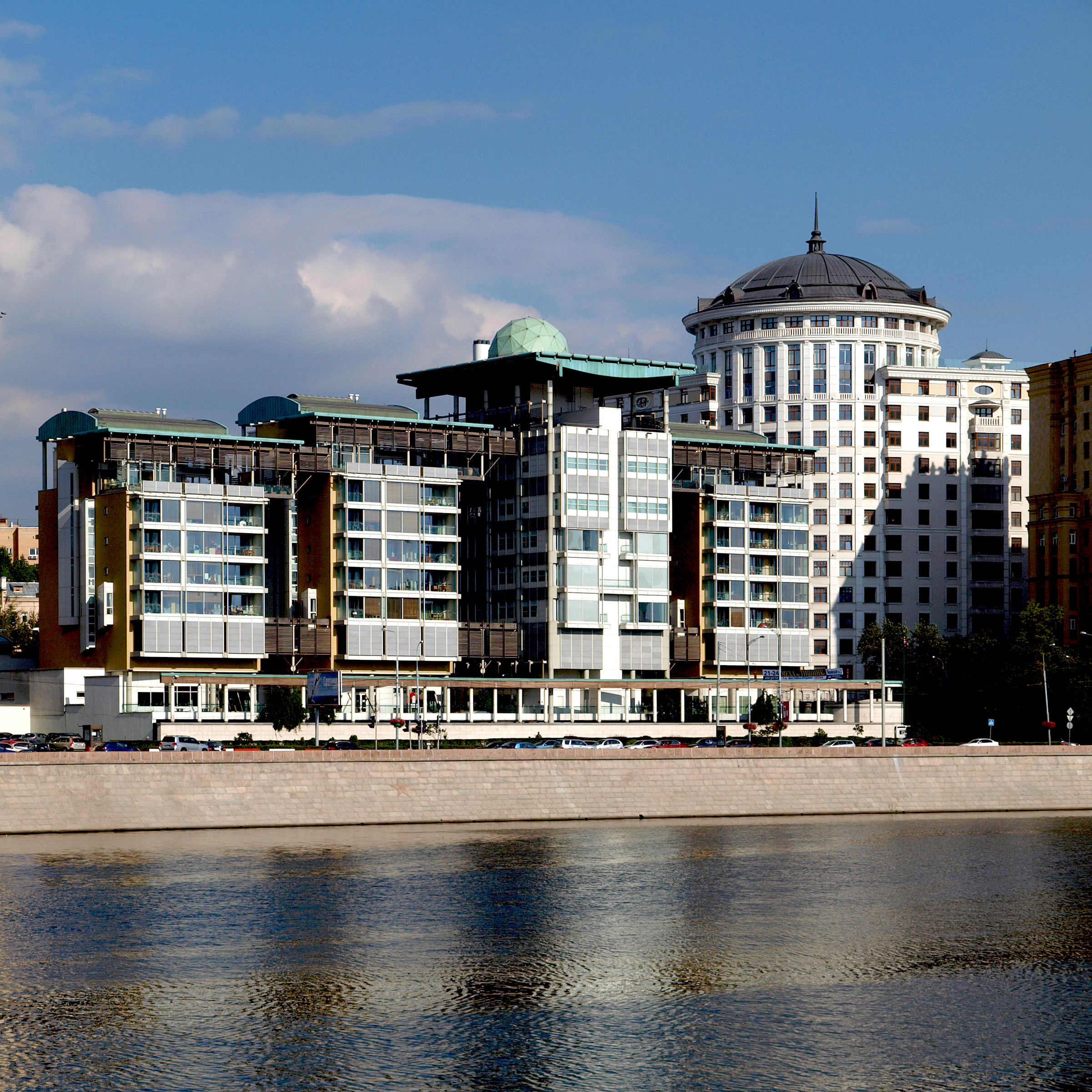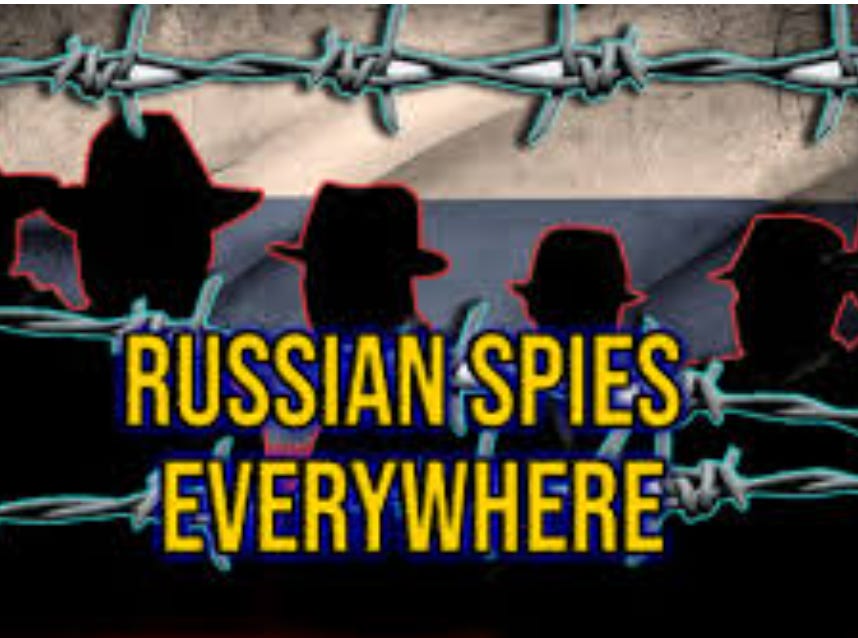By Tabe Bergman, Pearls & Irritations, 9/4/24
Editing a book about the media and the war in Ukraine taught me first-hand lessons about censorship. It also confirmed that the Western media’s pro-elite bias is as strong as ever. At an academic conference in Europe in the summer of 2023, I witnessed how several audience members shouted at one of the speakers. That’s not how such meetings are supposed to go. They should be much less eventful.
The speaker’s transgression? To demonstrate evidence that both the Ukrainian and Russian Governments censored their own national media as the war in Ukraine raged on. According some of the audience members, the speaker should not have been allowed to give her presentation at all. Freedom of academic inquiry, not to mention speech, anyone?
The speaker, Olga Baysha, wrote one of the chapters in a book I edited with Jesse Owen Hearns-Branaman on the global media coverage of the war in Ukraine. The book focuses on the treatment of dissident views.
The incident at the conference was not the only attempt at censorship I encountered. An anonymous reviewer of the book proposal that my co-editor and I had submitted to the publisher, Routledge, accused us of acting as agents of Russian propaganda. We were giving “the impression that [we] defend the views put forward by the Russian propaganda”, the reviewer wrote.
In part I replied: “First, to observe some of the same things as Russian propaganda does not logically mean that therefore it is untrue. Much of propaganda by any country is factually correct. It is anti-scholarly to in effect take the position that if Russia or any other country says something, that scholars then cannot say the same because that would be propaganda or supporting propaganda. By the same token, we would not be able to agree with anything Western Governments say, because that would also be supporting propaganda? Or do Western Governments not do propaganda?”
Let me also note, for the record, that I do not have a history of interest in or engagement with Russia: the government and/or the country. I have “been to” Russia once. I had to spend the night at Moscow airport because I missed my Aeroflot connecting flight. The other passengers and I were, in effect, locked up on a hotel floor. It was not an enjoyable experience. That’s all about Russia and me.
I thank the publisher for resisting intimidation by the totalitarian, thought policeman, disguised as an academic, and protected by anonymity. Oscar Wilde wrote, “Give a man a mask and he will tell you the truth.” My experience with academic peer-reviewing, though, suggests another lesson. Protected by anonymity, some people will feel they can be as inappropriate as they want to and employ the cheapest rhetorical tricks without regard for logic and truth.
Wilde also once said that “only a dangerous idea is worthy of being called an idea at all.” An example of a dangerous idea is that what the Western media primarily do is to facilitate propaganda for their own governments. This idea challenges lessons we all learned in school, without even paying attention, about how some countries have freedom of speech and the press (luckily ours), and others do not. It makes us question not just what our governments say, but what our media says as well. Thus, we are in danger of losing faith in “venerable” institutions. Next stage, utter anarchy?
My co-editor and I went into this project with certain assumptions based on the leading research on how Western media have covered foreign affairs, especially wars, in the past. Simply, there exists quite a broad consensus among leading researchers that the Western media do not act like watchdogs as to their own government’s foreign policy. Rather, they act as a handmaiden, as Hearns-Branaman and I summarise in the introductory chapter to a previous edited volume, entitled Journalism and Foreign Policy, published in 2022.
The classic example in the 21st century remains the war in Iraq. Those respectable legacy media outlets that everyone knows promoted false UK and US government claims as to the presence of weapons of mass destruction in the oil-rich country ruled by Saddam Hussein. The New York Times and Washington Post apologised (kind of, at least) for their lack of critical edge in covering that momentous story – but only after the invasion was done and the occupation had begun.
Disconcertingly, as the war broke out in Ukraine in 2022, there was some reason to believe that two decades later the coverage had gotten even worse than in the run-up to and during the Iraq war. That was, at least, the opinion of some genuine experts. To give but one example, as we wrote in the Introduction to the edited volume:
“The escalation of the Ukraine crisis provides the opportunity to test the possibility that, as argued by several experts, the pressures to conform to dominant pro-Western narratives, both in Western mainstream media and on social media, have increased. Such was the opinion, for instance, of the late Russia expert Stephen Cohen, who said that during the Cold War ‘the media were open – the New York Times, the Washington Post – to debate,’ but that these days ‘they no longer are. It’s one hand clapping in [America’s] major newspapers and in our broadcast networks.”
The original studies on the mainstream media as reported in the edited volume’s chapters cannot empirically prove that the media have degenerated into an even more slavish attitude towards their own government. That is something very hard, if not impossible, to prove empirically. But the chapters do show that media continue to report largely within a framework set by the government of the country the media happen to be located.
A thorough study of the war’s news on television in nine countries headed by Professor Kaarle Nordenstreng and colleagues confirms this conclusion. On the whole, the examined media, including the BBC, paid little attention to the Russian perspective, put their own (perceived) national interests as defined by their government front and centre, “supported” Ukraine, and relied mostly on established Western sources and news agencies.
Anyone who dissents from the NATO-supplied talking points on the war runs the risk of getting intimidated into falling into line, ridiculed or sidelined and ignored. For instance, a Dutch “quality” newspaper disparaged the famed investigative journalist Seymour Hersh as having lost his way by succumbing to conspiracy theories for his article that reported that the United States was behind the attack on the Nord Stream gas pipelines, jointly owned by Germany and Russia. Regardless of the truth of the matter, the notion that “if you don’t promote the party line, you must be crazy”, is totalitarian and dangerous.
Another example explored in detail in the edited volume concerns a Scottish philosophy professor, Tim Hayward, who was attacked for a tweet on 11 March 2022, that, linking to a Russian source, read: “As long as we’re still able to hear two sides of the story we should continue striving to do so.” The professor’s reply to being challenged over this tweet really just reaffirmed the value of concepts that the mainstream media claim to hold dear, namely fairness, balance, and objectivity:
“The fact is, as we know, propaganda especially thrives in war time. It is naively and dangerously mistaken to think one side has a monopoly on propaganda. Therefore, citizens who want to understand the underlying dynamics of a war need to try and find ways to look beyond the propaganda. Comparing propaganda narratives can play a part in this. Being aware of how our own understandings can be unwittingly shaped by propaganda also is very important. I sincerely worry at the way alternative news sources are getting shut down just now so that it is becoming harder to hear any view other than that approved by those in power.”
Amen.



